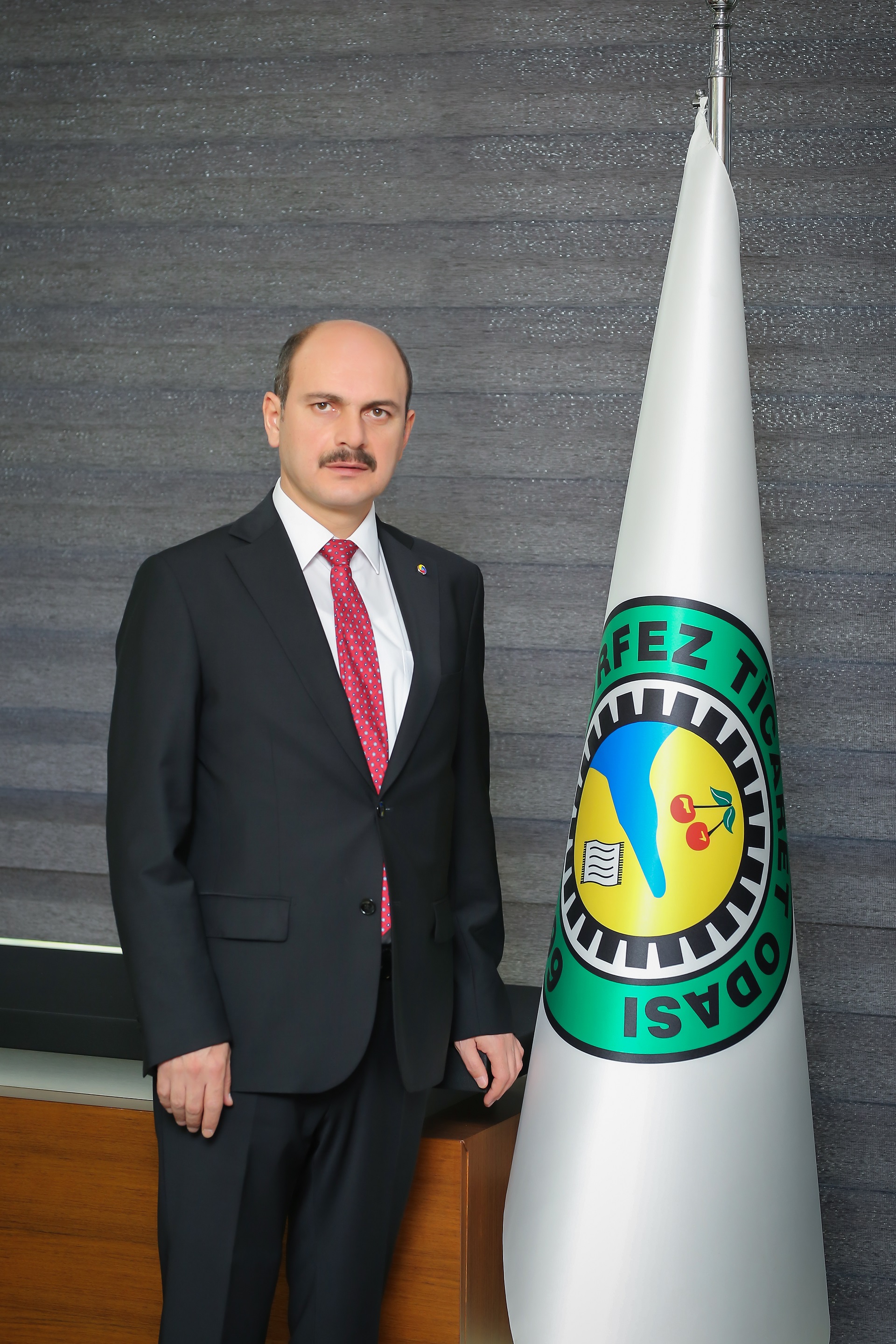About Korfez District
History of the Korfez District
B.C. The first settlers of Izmit in 900-911 were Greeks in the Hellenistic age and they started with the founding of the city of Troy for the first time in Anatolia. In the same years, these people who came to the Korfez of Izmit (Astakinos) from the sea of islands with ships with PHERYGA were Briges and named the region as Bryas. Region, BC. Tinyalılar in the years 500-490 and BC. It was dominated by Persians in 480-479. B.C. In the years 288-274, the Pontus king Satyros settled in the region. B.C. In the years 281-246, Nicomede I became the king of the Bithynia state and the region was named Brunga after this date. This period, BC. It was ended by the Romans in 74 BC.
Roman period
Nikomedia (Izmit), which was a king of the Bithynian state and started to be used as the name of the state in the following years, has become a province of Rome. M.S. Nicomedia (Izmit) became the new capital of the empire during the period of Diocletianus, who was the emperor of Illyria. M.S. The foundations of the city of Constaninople (Istanbul) were laid instead of 326 old Byzantium cities. M.S. 395 The last Emperor of the Great Roman Empire had died in 17.01.395, dividing Rome into the East Roman and Western Roman Empire.
Byzantine Period
During this period, Nicomedia (Izmit), formerly the kingdom of Bithynia, was a state of Byzantium. M.S. In 330
The city of Constantinople (Istanbul) was the capital of the empire and M.S. 292 During the reign of Diocletian, Nicomedia (Izmit) became the capital of the empire. Therefore, the value of Nicomedia (Izmit) also increased.
The region was shaken by a big earthquake that took place in the period of Constanius I in 358 A.D. With the addition of fires that lasted for two months, Rome is the most important place in the world after Alexandria and Antakya.
Nicomedia (Izmit), the fourth largest city with a population of 150 thousand, was devastated and 30 thousand people
has lost.
In AD 362, after a four-year break, another great earthquake occurred and this time 20 thousand people lost their lives. In this earthquake, the Brunga (Yarimca) port area is deleted from the map.
M.S. 458 Brunga (halfway) was attached directly to the Emperor, just like the bishops of Nicomedia (Izmit), Nicaia (Iznik) and Chalcedonia (Kadıköy) at the bishop level. This situation is M.S. It continued until the 5th century. The connection of Constantinople (Istanbul) to Anatolia was provided between the Dil Pier and the Cape of Hersek. The importance of Nicomedia (Izmit) decreased until 869. Brunga (Yarimca), M.S. In 869, during the reign of Basil, it regained its importance by being elevated to the rank of bishop. During Constantinople (Istanbul), two earthquakes occurred between the epicenter Nicomedia (Izmit) and Brunga (Yarimca) between 554 and 557, and the cities were destroyed.
Subsequently, the population decreased by half due to epidemics such as plague and cholera. Walls, harbors, wharves, palaces and most of the buildings were destroyed beyond repair.
Seljuk Period
The Seljuks who captured Anatolia after the Battle of Malazgirt in 1071 went down to Nikomedia (Izmit). They captured Iznik (Nikaia) and made it their capital. The region was completely besieged and passed into the hands of the Seljuks until Constantinople (Istanbul). In the Byzantine throne, when Alexi Kommen (1081-1118) realized that he could not cope with the Seljuk Turks alone, he made a call and organized the Crusader raid and the cities in the north of Nicomedia (Izmit) were again captured by the Byzantines. Having fallen in Iznik, the Seljuks returned to Anatolia and made Konya their capital. This period of the Seljuks in Nicomedia lasted 11 years.
Brunga in the Latins and the Late Byzantine Period
The arrival of the 4th Crusade to Constantinople (Istanbul) in 1204 caused the fights for the throne and the establishment of the Latin Empire. Nikomedia (Izmit), Brunga (Yarimca) region was conquered by Latins in 210. The aim was to remove the Byzantine kingdom of Iznik. Wars between the Latins and the Byzantines were short-lived. During this period, the name of Brunga (Yarimca) was changed to Grünge (meaning greenery) for a while, but it was captured again by the Byzantines in 1228. This period ended with Osmanoğulları as the head of the Turkish state in Anatolia.
Ottoman Period
The name of Yarimca, which was used as Brunga in the first years of the Ottoman state, was changed to Burunca by the Turks who dominated Kocaeli (Izmit) and its surroundings, when the Ottoman Empire came to the head of the Turkish state in Anatolia in 1328. Half a city abandoned due to the invasions, when the city was completely taken over by the Turkish state during the time of Orhan Bey, the city was repaired and the churches were turned into mosques, and the name of Yarımca was started to be used as Burunca in this period. In 1420, Yarımca was a village. The people in the region, which was under constant invasion, preferred to live on ridges and hills away from the coast for safety. However, since the most important sources of income for the living of the people are the Yarımca plain and the coastal port management, it is

 TR
TR














 Announcements
Announcements